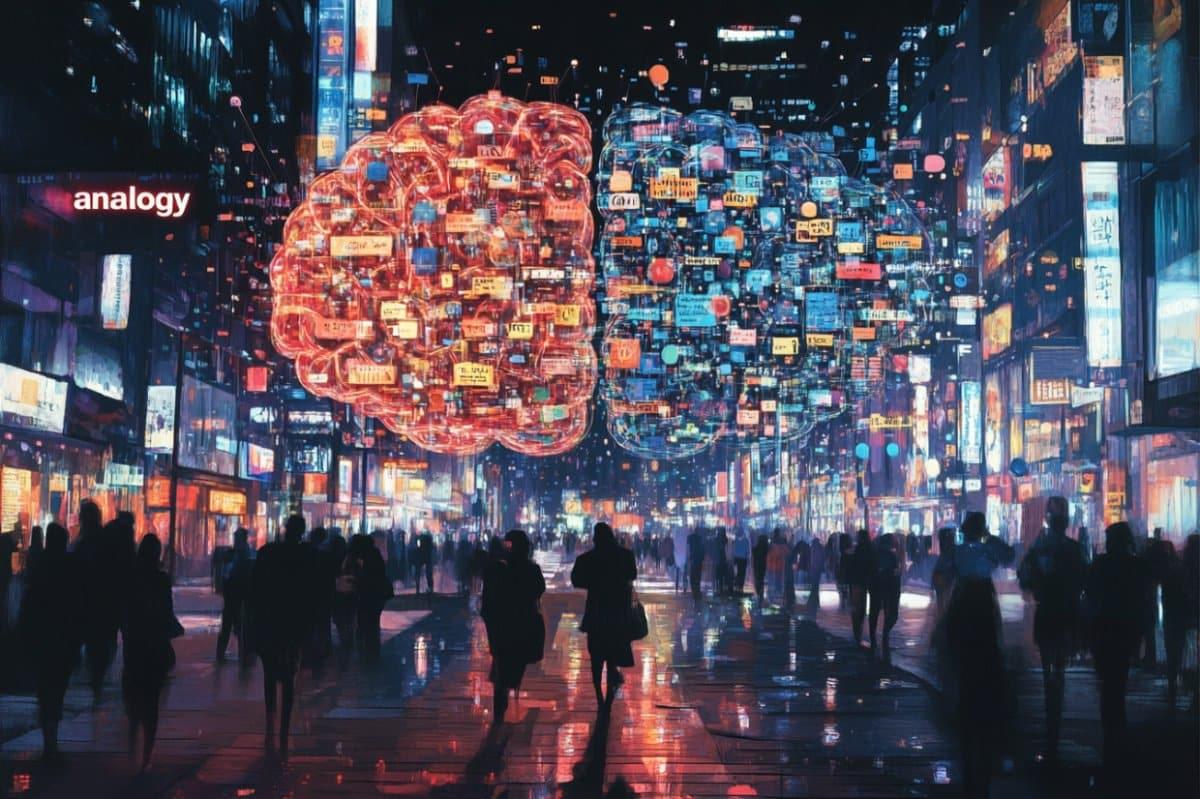Julia McCoy
Category: robotics/AI – Page 228


XAI’s Colossus Might Be Tesla’s Secret Weapon
XAI’s Colossus supercomputer is set to revolutionize AI technology and significantly enhance Tesla’s capabilities in self-driving, energy reliability, and factory operations through its rapid expansion and innovative partnerships.
Questions to inspire discussion.
AI Supercomputing.
🖥️ Q: What is XAI’s Colossus data center’s current capacity? A: XAI’s Colossus data center is now fully operational for Phase 1 with 300,000 H100 equivalents, powered by 150 MW from the grid and 150 MW in Tesla Megapacks.
Absolute Zero Reasoner : Self Evolving AI Learning Without Human Input or Data
Explore how the Absolute Zero Reasoner redefines AI with self-driven learning, eliminating datasets and mastering complex tasks.
Meet Ben Lamm
ITrust Capital: Use code IMPACTGO when you sign up and fund your account to get a $100 bonus at https://impacttheory.co/iTrustCapitalMay.
Shopify: Sign up for your one-dollar-per-month trial period at https://impacttheory.co/ShopifyApr.
On this mind-bending episode of Impact Theory, Tom Bilyeu sits down with Ben Lamm, the visionary entrepreneur behind Colossal Biosciences, to explore a world that sounds straight out of science fiction—yet is rapidly becoming our reality. Together, they pull back the curtain on the groundbreaking technology making de-extinction not only possible, but increasingly practical, from resurrecting woolly mammoths and dire wolves to saving endangered species and unraveling the secrets of longevity.
Ben explains how CRISPR gene editing has unlocked the power to make precise DNA changes—editing multiple genes simultaneously, synthesizing entirely new genetic blocks, and pushing the limits of what’s possible in biology and conservation. The conversation dives deep into the technical hurdles, ethical questions, and the unexpected magic of re-engineering life itself, whether it’s creating hairier, “woolly” mice or tackling the colossal challenge of artificial wombs and universal eggs.
But this episode goes way beyond Jurassic Park fantasies. Tom and Ben debate the future of human health, gene selection through IVF, the specter of eugenics, global competition in biotechnology, and how AI will soon supercharge the pace of biological engineering. They even touch on revolutionary solutions to our plastic crisis and what it means to inspire the next generation of scientists.
Get ready to have your mind expanded. This is not just a podcast about bringing back extinct creatures—it’s a deep dive into the next frontiers of life on Earth, the technologies changing everything, and the choices we’ll face as architects of our own biology. Let’s get legendary.
00:00 Meet Ben Lamm.
Google’s Jeff Dean on the Coming Era of Virtual Engineers
At AI Ascent 2025, Jeff Dean makes a bold prediction: we will have AI systems operating at the level of junior engineers within a year. Discover how the pioneer behind Google’s TPUs and foundational AI research sees the technology evolving, from specialized hardware to more organic, brain-inspired systems.

Key units in AI models mirror human brain’s language system
EPFL researchers have discovered key “units” in large AI models that seem to be important for language, mirroring the brain’s language system. When these specific units were turned off, the models got much worse at language tasks.
Large language models (LLMs) are not just good at understanding and using language, they can also reason or think logically, solve problems and some can even predict the thoughts, beliefs or emotions of people they interact with.
Despite these impressive feats, we still don’t fully understand how LLMs work “under the hood,” particularly when it comes to how different units or modules perform different tasks. So, researchers in the NeuroAI Laboratory, part of both the School of Computer and Communication Sciences (IC) and the School of Life Sciences (SV), and the Natural Language Processing Laboratory (IC), wanted to find out whether LLMs have specialized units or modules that do specific jobs. This is inspired by networks that have been discovered in human brains, such as the Language Network, Multiple Demand Network and Theory of Mind network.
